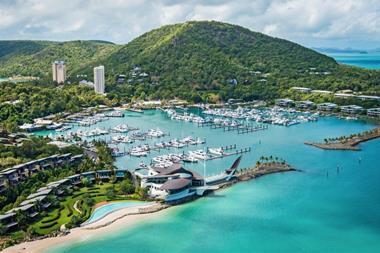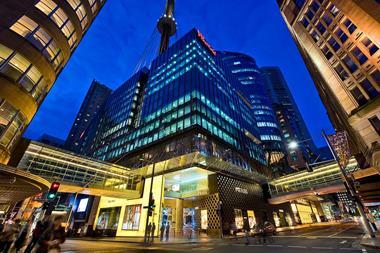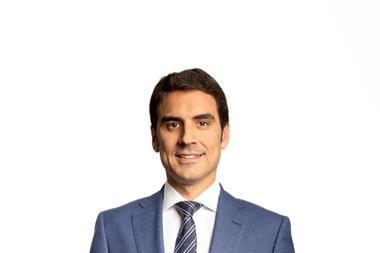EUROPE - Investors need to replace the distinction between Western and Eastern European real estate markets with one between mature and maturing Europe, ING Real Estate Development CEO Menno Maas said last week.
He told the ICSC Europe conference that European retail was converging, but there remained significant distinctions along economic faultlines.
"Is Europe converging? Yes, in terms of the use of Western consultants, involvement of Western tenants, and the move East by the Western development and investment industry," he said.
But he recommended "a further geographic distinction", adding: "Some regions in Central Europe have a higher quality of retail offering than some Southern European regions, so we could also be talking about matured and maturing."
In a presentation on "trends and projects that personally speak to me", Maas identified scale aimed at dominance, a focus on secondary and tertiary cities, and diversity of schemes as emerging trends.
"The scale of the various developments in the East is striking and evidences that being big is not a luxury but a necessity," he said. "At the same time, a speedy movement to secondary and tertiary cities is largely driven by the retailers and facilitated by local developers and investors."
In Western Europe, regeneration "place-making" projects were emerging within and outside city limits.
Maas forecast an increase in leisure-oriented retail properties in mature Europe. "We have learned that people are not only interested in shopping," he said.
"On the actual product, most is out of town and retail destinations and we see a large number of primarily mono-functional centers with some leisure components added. However, especially in the areas with higher land prices, the multi-functional types feature more regularly.
"The aim is to create distinctive places where people want to be. Mixed use is a standard qualification in this context. Besides the inner city developments, place makingcan also be seen outside the city limits with a substantial upgrading of culinary facilities, for instance, as well as the addition of leisure elements."












